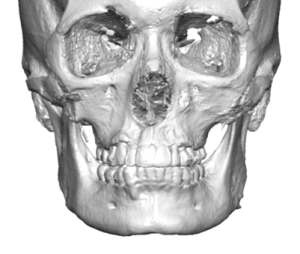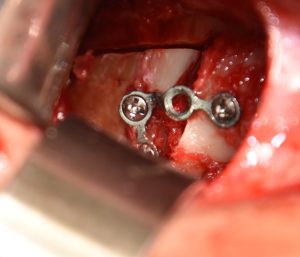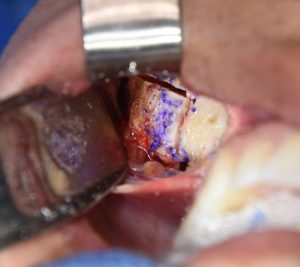
In the September 2023 issue of the journal Aesthetic Plastic Surgery an article was published on this topic entitled ‘Volume Redistribution of the Buccal Fat Pad After Reduction Malarplasty’. In this paper the authors investigate cheek soft tissue volumes after bony cheek reduction in relation to its effect on the underlying buccal fat pad. In eleven cheek reduction patients 3D buccal extension models were reconstructed from preoperative and long-term follow-up CT images and the volume measured. By comparing the pre- and postoperative 3D models, the shape deviation of the buccal fat pad and surroounding facial soft tissues was identified
Their results showed that compared with the preoperative buccal fat pad volume, the postoperative volume increased significantly. By comparing the reconstructed models, the buccal extension volume increase with anteroinferior protrusion from the compression of the inwardly positioned bone could be visually detected and correlated to the cheek bulging area identified on the lower face. The bulging area coincided with the projection of the buccal fat pad onto/towards the skin surface.
This study provides some compelling evidence that in some cases the postoperative cheek bulging seen could be due to deformation of the buccal fat pad space.The buccal fat pad, with its main body behind the zygomatic arch and its buccal extension in the cheek area, is responsible for the lower cheek bulge.

How effectively this soft tissue displacement is recognized in surgery in the supine horizontal position vs in the postoperative upright position is not clear. But if recognized intraoperatively this suggests that removal of the buccal extension of the fat pad should be considered before closure in cheekbone reduction osteotomies.
Dr. Barry Eppley
World-Renowned Plastic Surgeon




